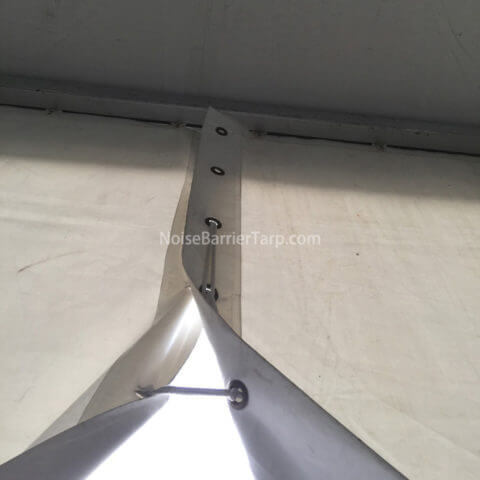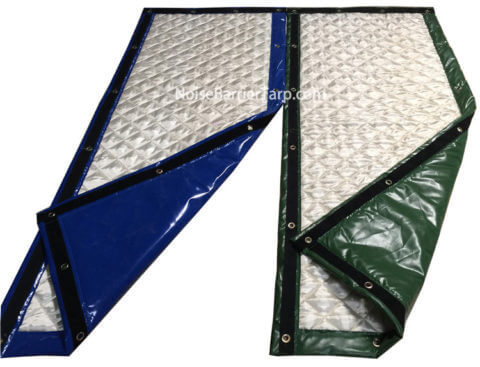I. Introduction
Life in an urban environment offers many advantages, yet also brings unique challenges. One such obstacle is traffic noise pollution which can easily disrupt our peace and serenity. Honking, engine revving, and tire screeching may make it hard to focus, relax or sleep at night – however there are solutions available that can combat this issue and create a more relaxing environment.
One effective solution for noise pollution in daily life is using noise barriers and insulated tarps, designed for blocking outside noise and provide a shield from traffic noise and other outdoor disturbances. By understanding their various benefits, we can take an important step toward mitigating its detrimental effect.
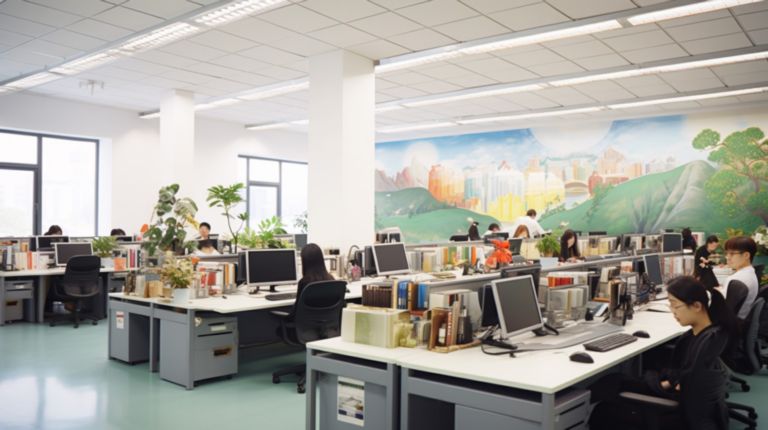
II. Understanding Noise Barriers
How to block outdoor noise? Outside noise barriers are specifically constructed structures designed to act as physical barriers between a source of noise and an area you wish to protect. Constructed using materials with superior soundproofing properties, noise barriers work by absorbing, reflecting and diffusing sound waves into subdued forms which then reach your ears less.
One of the primary benefits of noise barriers is their ability to reduce outdoor noise pollution. By strategically positioning them around your property, noise barriers can help create a quieter, more peaceful environment – whether you live near busy streets, construction sites or airports; noise barriers will significantly diminish their effects, giving you peace and serenity in return.
Noise barrier quilted curtains provide more than just noise reduction; they also offer other advantages. By blocking outside views from entering, they create an enclosed and private environment. Furthermore, noise barriers come in various designs and materials to fit different architectural styles.
By investing in curtain noise barrier to block street noise, you can regain peace of mind and create a more enjoyable living or working environment. In the following section, we’ll look at their inner workings in more depth; how exactly they block outside noise while contributing to a quieter atmosphere.
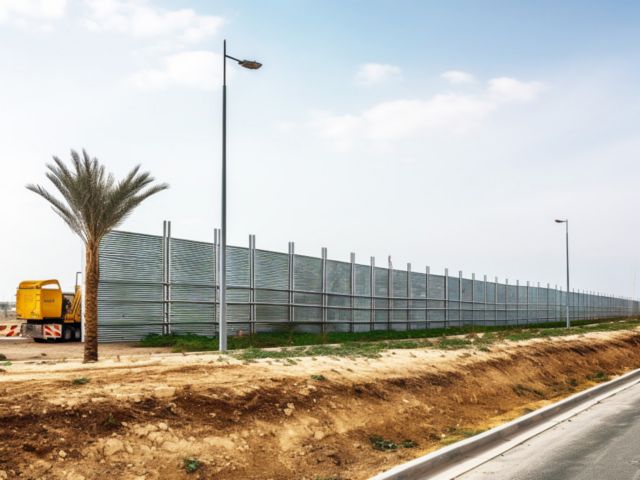
III. Selecting an Appropriate Noise Barrier
How to block traffic noise in bedroom? There is no noise blocking machine or sound blocking machine, but there is noise barrier. When selecting a noise barrier, multiple factors should be taken into account to ensure optimal noise reduction. Let’s examine these considerations to help identify which noise barrier best meets your specific requirements.
Material
The material of your noise barrier plays an integral part in its effectiveness. Typical materials for noise barriers include concrete, metal, wood and composite materials such as polystyrene foam panels or sound absorbing fabric panels such as noise tarps made from durable fabrics which may offer lightweight portability options for sound absorption and soundproofing purposes.
Design
Indoor noise barrier comes in various designs, from solid panels and transparent panels, to vegetative barriers like hedges or green walls, providing natural yet visually appealing noise reduction solutions. Choosing your design depends on aesthetic preferences as well as desired level of noise reduction – solid panels offer maximum noise reduction while transparent panels allow visibility while still reducing levels. Vegetative barriers offer natural, visually appealing noise-reduction solutions.
Installation Options
When it comes time for installation, take into account your available noise barrier installation options. Some models are built for permanent installations while others can be easily moved around or adjusted as needed. Depending on your specific requirements and preference, consider purchasing an installation-ready noise barrier that attaches directly to existing structures, like fences or walls; alternatively choose freestanding options that can be placed strategically to block noise pollution.
Assessing Noise Sources and Environment
Prior to making a decision, it’s vital that you assess all noise sources on your property. Identify any primary sources of noise, then determine the direction from where they emanate – this will help determine where outside noise barrier should be strategically positioned for maximum effectiveness. Also keep height and length considerations in mind so as to effectively block noise reaching desired locations.
Careful consideration of these factors will enable you to select a noise barrier that meets your blocking traffic noise requirements and effectively decreases outside noise pollution. Once chosen, ensure it’s properly installed for maximum noise-blocking capabilities.
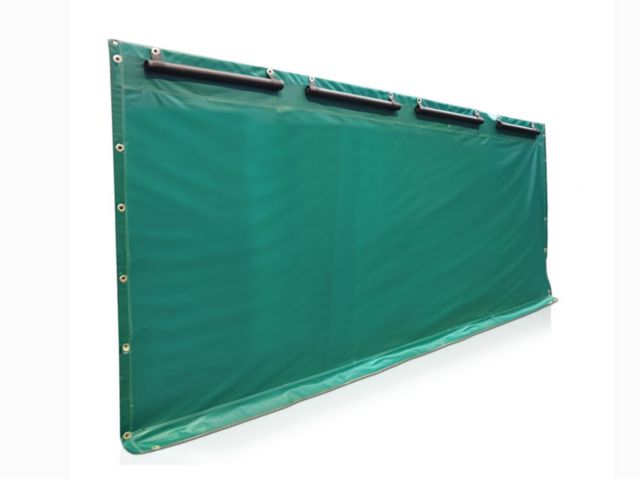
IV. Installing Noise Barriers
How to reduce noise from outside traffic? Installing china noise barriers may seem daunting at first, but with proper preparation it can become straightforward. Here are some step-by-step instructions that will assist in this endeavor:
- Evaluate Placement: Determine where soundproof outdoor screen will have the most success at blocking outside noise sources and place them accordingly. Considering where noise sources emanate from, strategically position barriers as necessary.
- Prep the Site: Before installing noise barriers, clear away the area in which they will be installed, clearing away any obstacles or debris that might impede with installation process.
- Measure and Mark: Measure and mark the height and length of the noise barriers before making marks at their desired locations on the ground or existing structures to serve as guides during installation. This step can help save time.
- Securing Noise Barriers: After selecting your noise barriers, please follow their manufacturer’s instructions on how best to secure them in place. This could involve attaching them directly to existing structures using brackets or fasteners or setting up freestanding barriers.
- Seal Gaps: Carefully inspect installed noise barriers for any gaps or openings that could compromise their effectiveness, and seal these with appropriate materials such as weatherproofing strips or sealants in order to achieve an airtight and secure fit.
- Regular Maintenance: For optimal noise blocking capabilities, noise barriers require regular inspection for any signs of wear or damage to ensure effective performance. Any issues should be addressed quickly to preserve their noise-blocking capacities.
By following these installation and maintenance practices, you can maximize the blocking street noise abilities of your chosen noise barriers. In the next section, we’ll look at additional strategies to complement them and further block outside noise.

V. Strategies to Reduce Noise from Outside Traffic
How to block street noise? Noise barriers can help to effectively decrease outside noise levels; however, additional ways to reduce road noise in house may further mitigate outside noise and create a peaceful environment. Let’s examine some strategies that could further block noise intrusion and create an enjoyable living experience.
- Soundproof Outdoor Screens: Airport noise barrier may not be the only tool you need for noise reduction, but soundproof outdoor screens may provide another layer of defense against outside noise. Designed to absorb and block sound waves, soundproof outdoor screens offer additional protection from outside sources while being strategically placed around your property to act as barriers between yourself and noise sources. These screens come in various materials and designs so you can choose one that matches the aesthetic preferences of your property.
- Privacy Screens: Soundproof outdoor privacy screen provides more than seclusion; they also help reduce outside noise by being made of materials with sound-absorbing properties, like dense fabric or acoustic panels. By strategically placing privacy screens, they create both visual and aural barriers that can help mitigate outside noise impacts.
- Noise Tarpaulins: Noise tarps (commonly referred to as noise tarps) provide an effective and cost-efficient means of blocking outside noise. Crafted from materials which offer excellent sound absorption properties, noise tarpaulins can be attached or hung from fences, walls, or other structures for temporary noise reduction – making them great choices for construction sites, outdoor events, or anywhere where temporary sound reduction is necessary.
Combining noise barriers, soundproof outdoor screens and noise tarpaulins to reduce outside noise is an effective way to create a more peaceful and tranquil atmosphere in which to live.

VI. Establishing an Acoustic Environment Indoors
What is noise barrier effectiveness? Outdoor noise barriers and strategies may be effective at blocking external noise sources, but indoor soundproofing strategies must also play a part in creating a relaxing and restful space – especially bedrooms where peace and quiet are essential to relaxation and sleep. Here are some strategies for minimizing traffic noise intrusion indoors:
Seal Windows and Doors
Before sealing windows and doors, check for gaps or cracks that could let noise in through any gaps or cracks around them. Use weatherstripping or caulking to create tighter seals around these spaces with weatherstripping or caulk.
Install Thick Curtains or Window Treatments
Install thick curtains or window treatments that feature sound-absorbing properties to help block noise pollution outside your home and create a peaceful indoor environment.
Soundproof Walls
If traffic noise is an issue for you, consider soundproofing your walls by adding extra layers of drywall, installing sound-absorbing panels or using sound-dampening paint. This can help mitigate traffic noise pollution.
Use Sound-Blocking Machines
Sound-blocking machines such as white noise machines or sound conditioners can help mask outside noise by emitting soothing sounds to block out disturbances and create a calmer environment in your bedroom or other spaces where desired. Set these machines up where they will create the ideal setting.
Research Other Soundproofing Methods
Explore various soundproofing techniques, such as using soundproofing foam on walls or ceilings, adding rugs or carpets to absorb sound absorption or using soundproof wallpaper as means for soundproofing.
By employing these strategies, you can create an indoor soundproof environment, minimizing traffic noise intrusion while creating a calmer setting conducive to relaxation and restful restful sleeping environments.
VII. Conclusion
Noise reduction from outside traffic is essential to creating a peaceful and serene environment. By employing effective noise-decreasing measures like noise barriers or insulated tarps, noise-cancellation technologies such as these can significantly lessen their negative impacts on daily life. Let’s recap the main points discussed in this blog post:
How to reduce traffic noise in your backyard? Noise barriers are specially-made structures designed to act as physical barriers between the source of noise and an area you wish to protect. By absorbing, reflecting, and diffusing sound waves they effectively lower the amount of noise reaching your ears and reduce its volume.
When selecting the ideal noise barrier for you and your environment, take into account several key considerations including material, design and installation options to determine what solution best fits your needs and can reduce outside noise pollution.
Installation of noise barrier tarp is of utmost importance in order to maximize their noise-blocking capacities. Care should be taken when placing, preparing, measuring and marking them before installing and sealing them as securely as possible before performing regular maintenance to keep them effective.
Complementing noise control barriers with other strategies can further block outside noise. Consider soundproof outdoor screens or privacy screens as additional layers of protection, while noise tarpaulins offer temporary noise reduction solutions.
Establishing a soundproof environment indoors is equally essential, from sealing windows and doors to using thick curtains or window treatments, soundproof walls, sound-blocking machines and exploring soundproofing techniques in order to reduce traffic noise intrusion into the room.
In conclusion, adopting noise-reduction measures and taking proactive measures can significantly enhance your quality of life by creating a calmer and peaceful environment. Don’t allow outside traffic noise to impede on daily activities and well-being – take the necessary steps now to quiet the outside noise and enjoy peace and serenity!
A peaceful environment is within your grasp, so begin taking measures today to reduce noise pollution and restore peace of mind.
Thank you for reading, we hope this blog post has provided helpful insights and guidance into reducing noise from outside traffic.
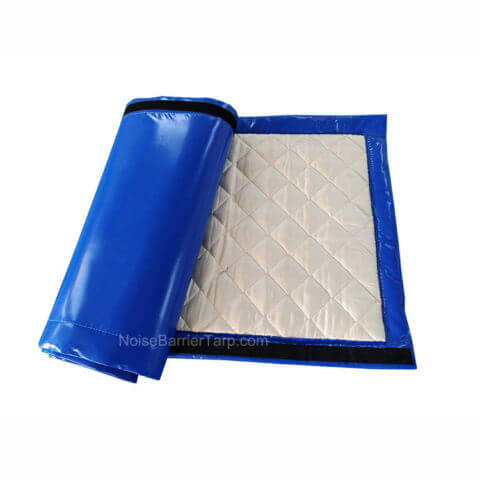
Wholesale Outdoor Noise Barrier
Factory Outdoor Noise Barriers Residential Noise Reduction | How to Reduce Outdoor Noise With Outdoor Noise Barriers Outdoor Noise Cancelling
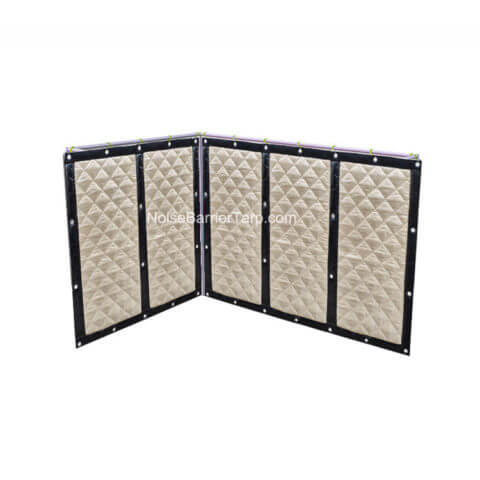
Temporary Noise Barrier Walls
Temporary Barrier Solution Temporary Wall Barriers | Temporary Sound Screens for Construction Site Temporary Noise Barrier Wall
